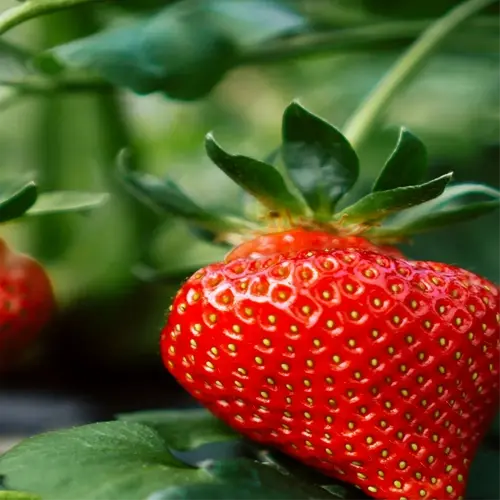What's the ideal soil mix for containers?

Written by
Julia Anderson
Reviewed by
Prof. Samuel Fitzgerald, Ph.D.Developing Increasing tomato yields in containers starts with the appropriate soil mixture. A typical mixture could be 50% potting soil, 30% compost, and 20% perlite. This mixture will provide a loose, nutrient-rich base. The potting soil provides a structure, the compost feeds the microbes, and the perlite helps with drainage by preventing waterlogging, and this is especially important for fragile roots.
Core Ingredients
- Potting soil: Sterile base with peat/coco coir
- Compost: Adds nitrogen and beneficial bacteria
- Perlite: Aerates soil for oxygen flow
Amendments
- Bone meal: 1/4 cup per 5-gallon pot for phosphorus
- Worm castings: 1 cup boosts micronutrients
- Crushed oyster shell: Balances pH in acidic mixes
Steer clear of using soil from the garden in pots, it hardens and eventually becomes concrete-like. I tried using dirt from my backyard for my first try and it caused the roots to die within weeks.In the case of dwarf varieties like 'Tiny Tim,' it may be a good idea to include additional perlite - 25% would be appropriate - especially since their roots aren't very deep. Always pre-wet the mix before actual planting; wetting moisten the mix activates microbes.
Common Issues
- Waterlogging: Increase perlite to 30%
- Nutrient deficiency: Top-dress with compost tea weekly
- Compaction: Refresh soil each season
Pro Tips
- Mulch: 1-inch straw layer reduces evaporation
- pH checks: Test every 6 weeks; adjust with lime
- Root pruning: Trim circling roots during repotting
Determine the ratios suitable for your climate. In my arid zone 9b mix, I included 40% compost to capture some moisture. Coast growers might eliminate some of the compost down to 20% due to humidity issues. Observe how they respond. Deep green leaves and steady growth indicate a working mix. Happy roots mean a heavy harvest!
Read the full article: How to Grow Tomatoes: Complete Beginner's Guide

